
R. Swarup

Showing all 21 books
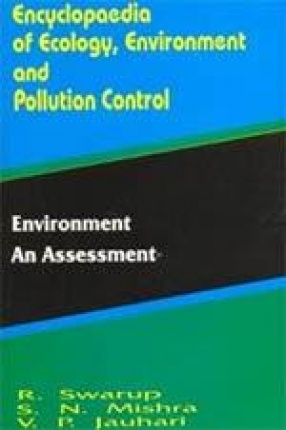
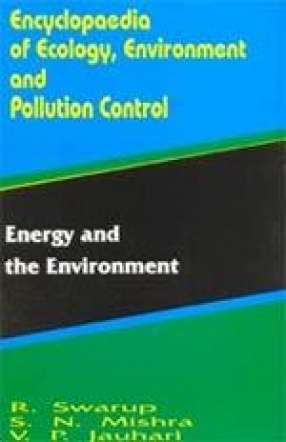

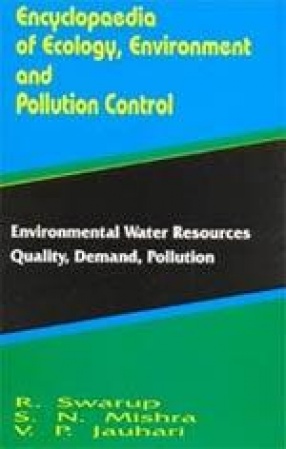
Environmental Water resources quality, demand, pollution presents scientific discussion of water quality, demand and pollution, its adverse effects on man on environment and the various methods of its control. The basic aim of the book is to present authentic information on many of the necessary fundamentals needed for the analysis of water resources. Pure water in a scientific sense, is not found in nature. Even the most dilute fresh water contain dissolved ...
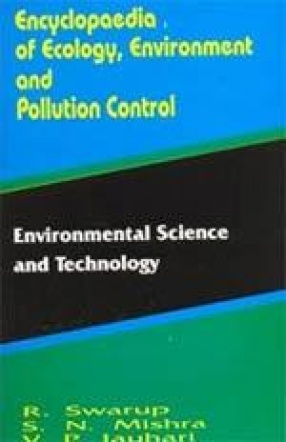
"Environmental science and Technology" is an attempt to keep pace with continuing rapid developments in the field of environmental science and technology. The basic aim of the book is to present in a rigorous, quantitative manner many of the necessary fundamentals needed for the analysis of Environmental Science and Technology. If we are interested to preserve our future generations, environmental science and technology must play a vital and dominant ...
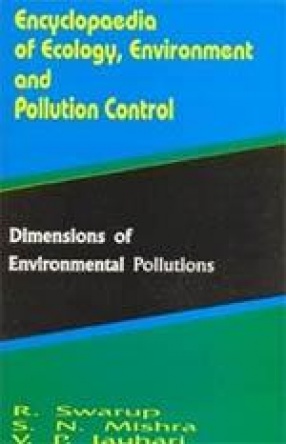
In order to understand man’s special relationship with his environment it is necessary to review his more recent evolution briefly. With greater powers for subduing nature and harnessing natural resources for his own ends, mankind had shown alarming growth in numbers. At first the growth rate was slow. The environment has not only been greatly affected by man’s agricultural activities, but also by industrial development. This book is analyzing the tremendous ...
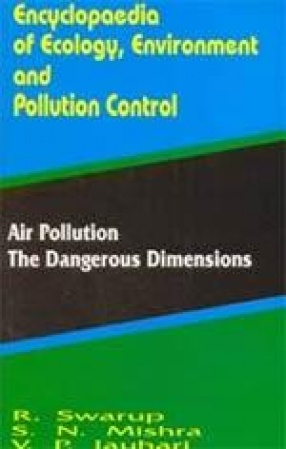
Gaseous substances are released in to the atmosphere, seen as a reservoir with unlimited assimilating capacity. Air being of vital importance, cannot be exploited to the extremes when it becomes unsafe for use. Its capacity to assimilate waste gases is not unlimited. A scientific assessment of air quality and its capacity to assimilate pollutants for safeguarding atmosphere should form the basis of a national air quality management programme. A number of events ...

Some 15,000 year ago man was an unobtrusive species within the living world; this effect on the environment was relatively small and he was well adapted, like other members of the fauna, to the ecosystems of which he was part. But his brain was developing fast and he was becoming much more effective in making stone implements, so he began to make a greater impact on his environment. The tremendous technological achievements of the past century brought many ...

This is a study into the social economy of a remotely located tribal village in Himachal Pradesh. The village studies, is called Chhitkul, which is the last village on the Indo Tibetan border ink district Kinnaur and remains buried under know for 5-6 months in the year. It is one of the very few village studies for which the field work has been done by the authors themselves by continuous stay with the people in the village. The village presents several ...
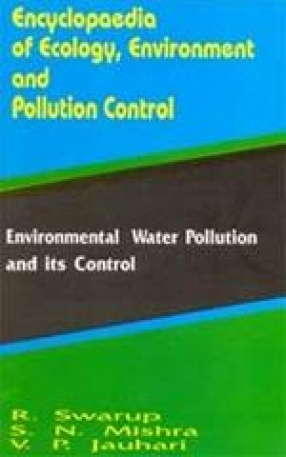
With continued economic growth, Population increase, urbanization and technical development, more and more waste materials were discharged into natural sources of water, like rivers, lakes, ocean, etc. During the decade extensive efforts were made in the developed countries to assert this pollutions by treating the growing volume of waste discharge. Rivers have always been the dumping ground for man’s unwanted waste material. It is astonishing how much waste ...
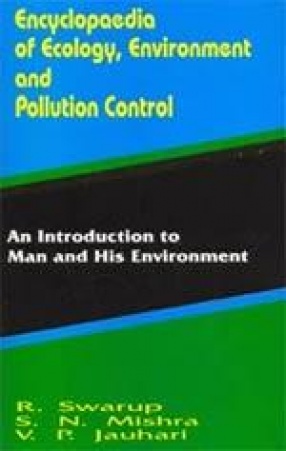
“An Introduction to man and his environmentâ€, as the title sounds itself, the present volume describes man and his environment and various kinds of pollutions which he comes across in the surrounding. Man’s brain has developed to an incredible extent over the past several thousand years. This has allowed him to become more independent of animal instincts and more capable of exploratory and creative actions, but at the same time it has increased his powers ...
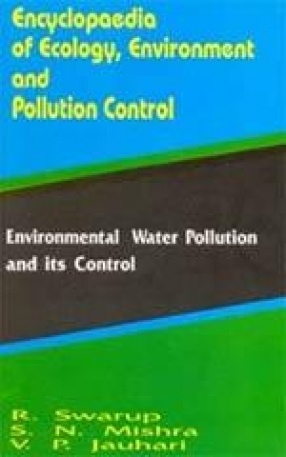
The present book basically impact practical information on environmental air and water pollution analysis. One of its objects is to escape from academic of polemical theorizing and to develop an understanding of the processes of pollution situation from the core of pure science, through practical steps in assessment to the valid appraisal of overall effects. The volume will prove of immense use and informative to a wide range of readers, directly or indirectly ...
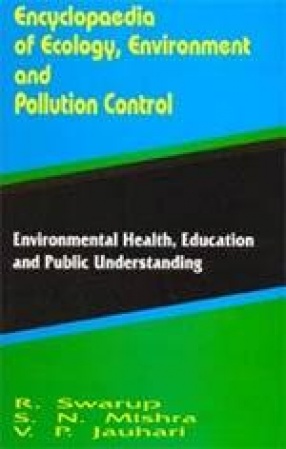
Environmental polices are no longer focusing simply on the control of pollution and the abatement of nuisances but indeed on more positive actions directed at the improvement of the quality of life that depends on the health and viability of the natural and man-made environments. Public participation in environmental affairs increased during the last two decades. Some of this interest was spurred by the efforts of the media to cover the field. But media coverage ...
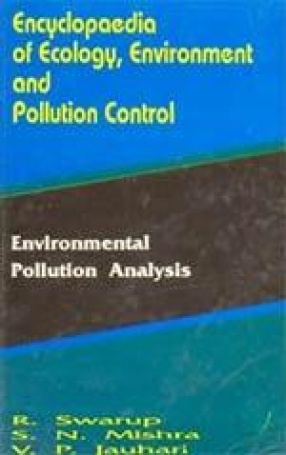
In order to understand man’s social relationship with his environment, it is necessary to review his more recent evolution briefly. During the past two and a half decades a wave of the environmental consciousness and concern is being discussed and developed in India and other countries. This book is an effort to keep pace with the continuing rapid developments in all areas of environmental pollutions. Specially the types of environmental pollutions such as air ...
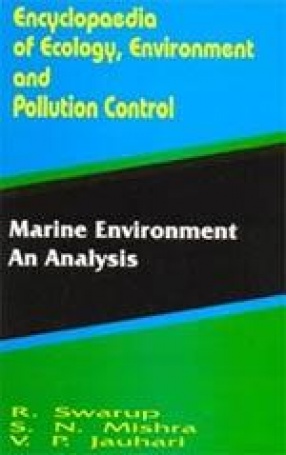
The International Oceanographic Commission defines marine pollution as: “Introduction by man, directly or indirectly, of substances into the marine environment resulting in such deleterious effects as harm to living resources, hazards to human health, or hindrance of marine activities and reduction of amenities.†The productivity of the marine environment and its capacity to receive and disperse pollutants depend on its physical and chemical properties. The ...
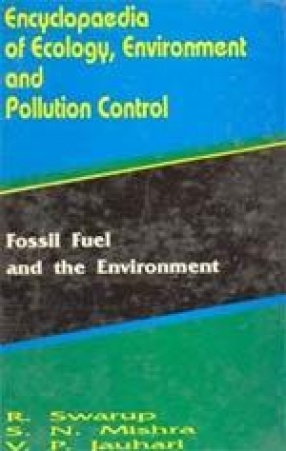
This book is an attempt to keep pace with continuing rapid developments in sampling and analytical techniques which are used for a wide array of chemical and Fossil Fuel environments together. The main aim of this book is to provide a useful manual for all environmentalists including students, engineers and agricultural scientists who are engaged actively in the field of environmental analytical investigations including those who are mainly concerned with ...
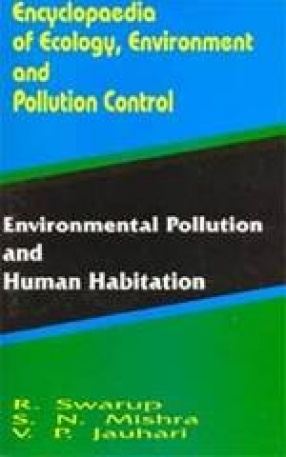
Concern over the impact on human health of chemicals in the environment has increased in recent years. Human health and quality of life are strongly influenced by the environment Both environmental and genetic factors, however, are involved in the production of disease. Human beings, at the apex, while representing the finest product of evolution are in no way different from or more important than any other species. In fact, each species has a role and importance ...
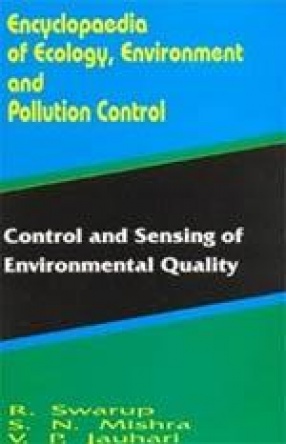
Environmental education is an approach to learning, not a subject of study. It endeavours to create a way of thinking requiring people to overcome prejudices as a result of the differing views of fields such as biology, chemistry, economics, social sciences and politics. It leads to the opening of the mind to ever new aspects of the universe. Environmental education thus is a new kind of integrative teaching characterised by encouraging inclusive thinking by a ...
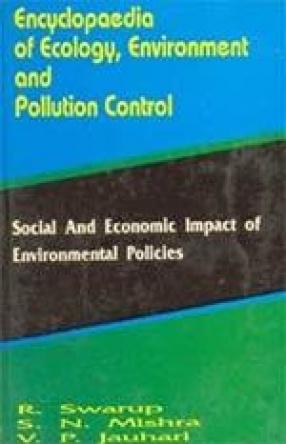
The ‘Social and Economic Impact of Environmental Policies’ is an effort to keep pace with continuing rapid developments in the field of environment as well as with the sampling and analytical techniques which are used for a wide array of social and economic parameters of various environmental policies together. The aim of this book is to provide a useful manual for all environmentalists including environmental students, health planners and agriculture ...
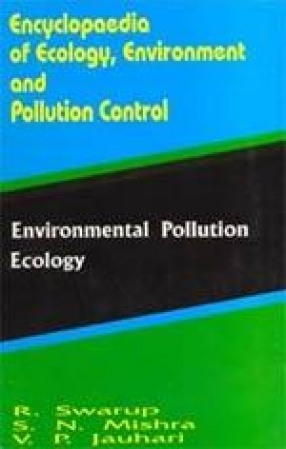
Many people spend large parts of each day indoor-in many cases, 80-90 percent-in a house, an automobile, a waiting room, an office of other workplace, or a confined space accessible to the general public, such as a store or a restaurant. It has shown that indoor exposure to environmental pollutants can be substantial. In the past few decades in the developing countries there have been continuing conflicts, assumed and real, between ecology and development though ...
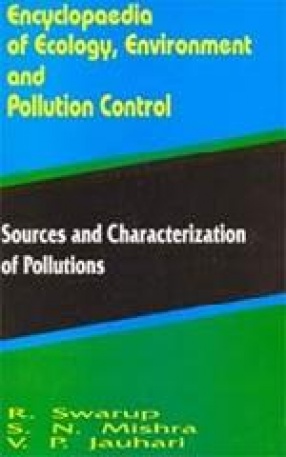
Many people spend a substantial part of each day indoors-in many cases, 80 to 90 percent-in a house, an automobile, a waiting room, an office or other workplace, or a confined space accessible to the general public, such as a store or a restaurant. It has been shown that indoor exposure to environmental pollutants cab be substantial. Although there is little epidemiologic evidence on the health effects of indoor pollutants, indoor concentration of some pollutants ...
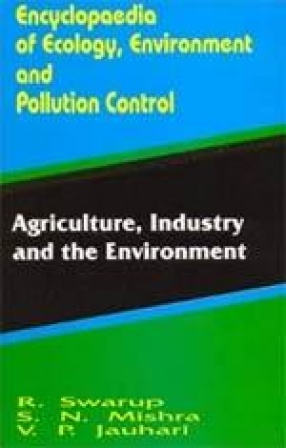
More than 450 million people were found chronically hungry and malnourished during the last decade. Although total food production increased nearly everywhere, it failed to match population growth in many parts of Africa, Asia, and Latin America. Only a small part of the productivity of natural terrestrial ecosystems it Used by man. The development of agriculture and industry has altered the structure and composition of selected systems so as to increase their ...

The 1970s saw a revolution in thinking about energy supplies. No longer were they regarded as cheap, expandable and practically inexhaustible. The ‘Oil crisis’ of 1973 led to the realization that fossils fuels were finite, precious, and likely to be increasingly expensive. Although much of the world continued to depend on animal power for motive energy, and on wood, charcoal, animal dung for fuel, unexceptionably in the middle of the present century. Many ...
